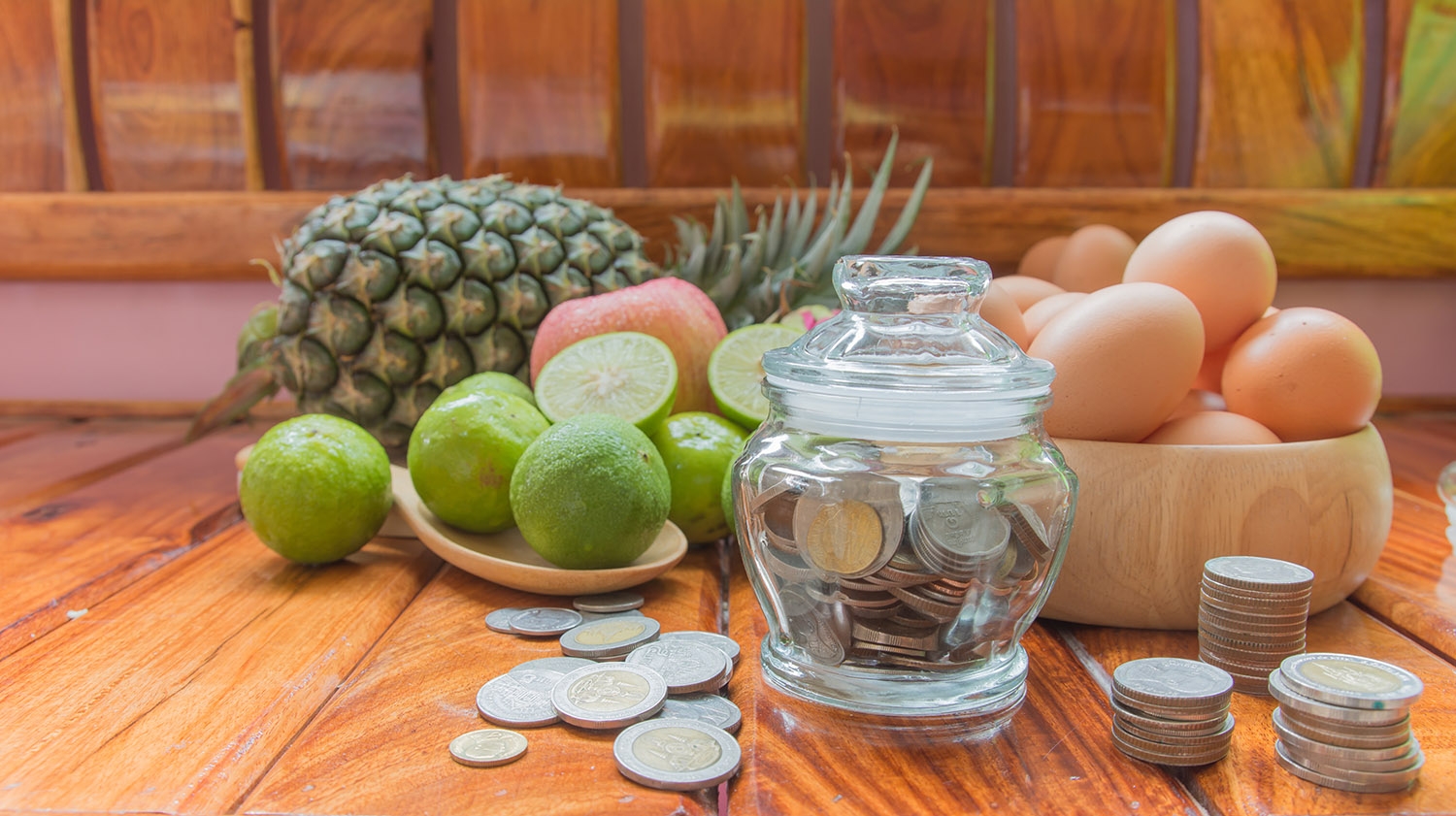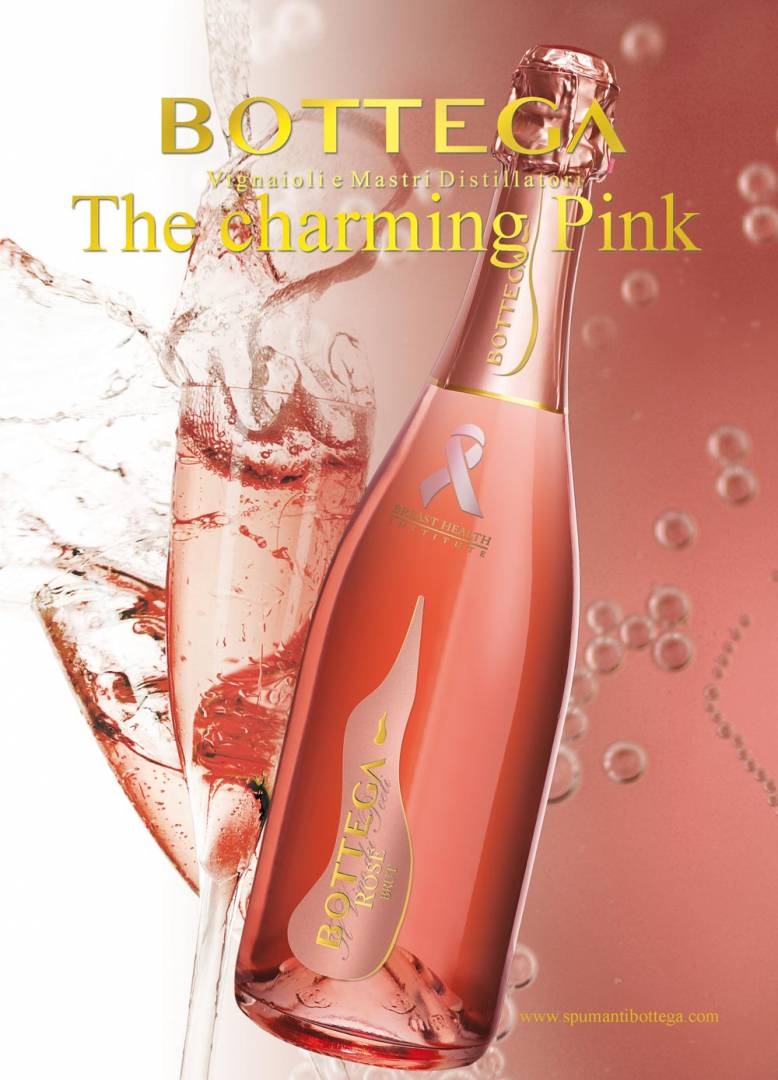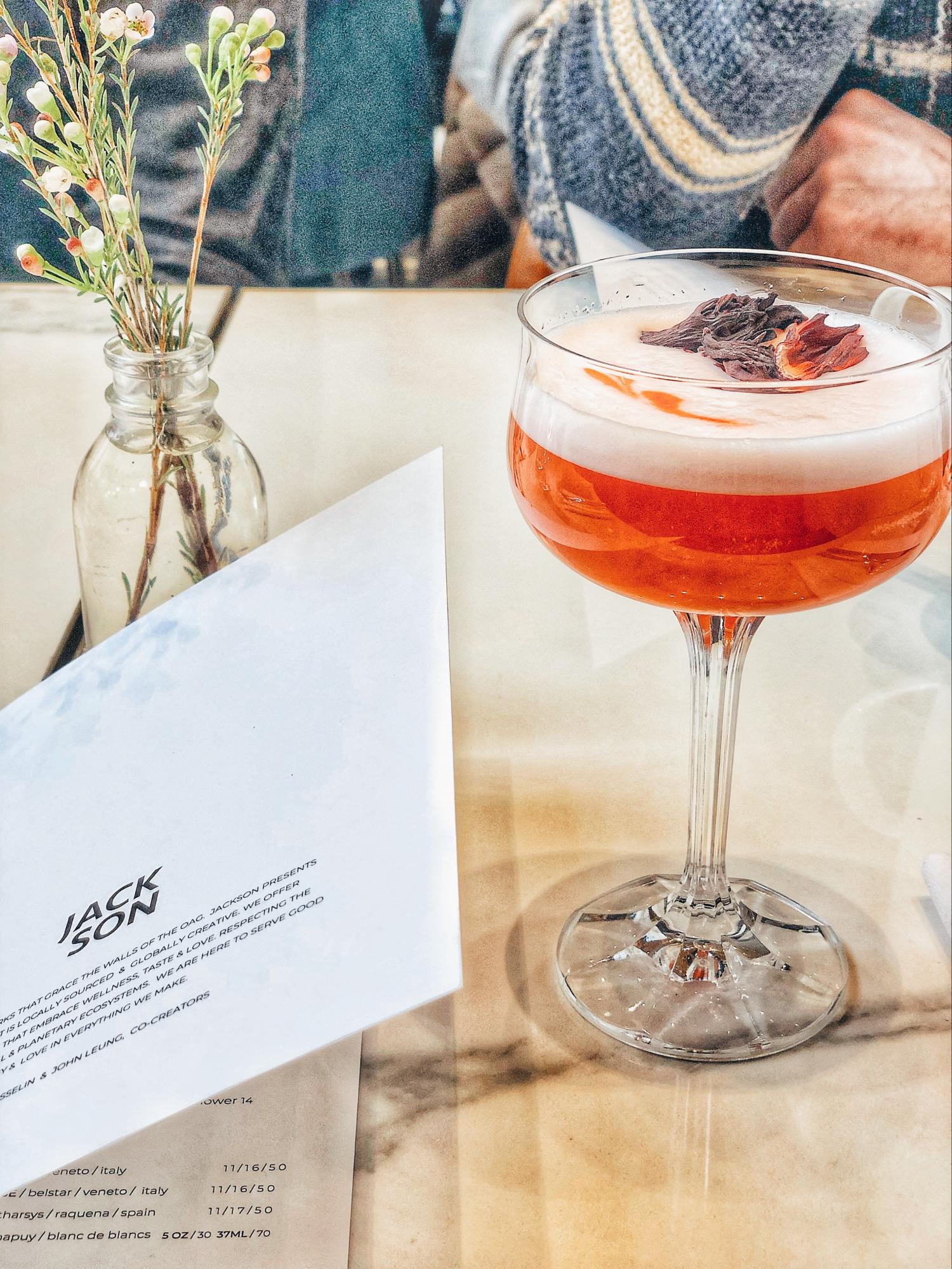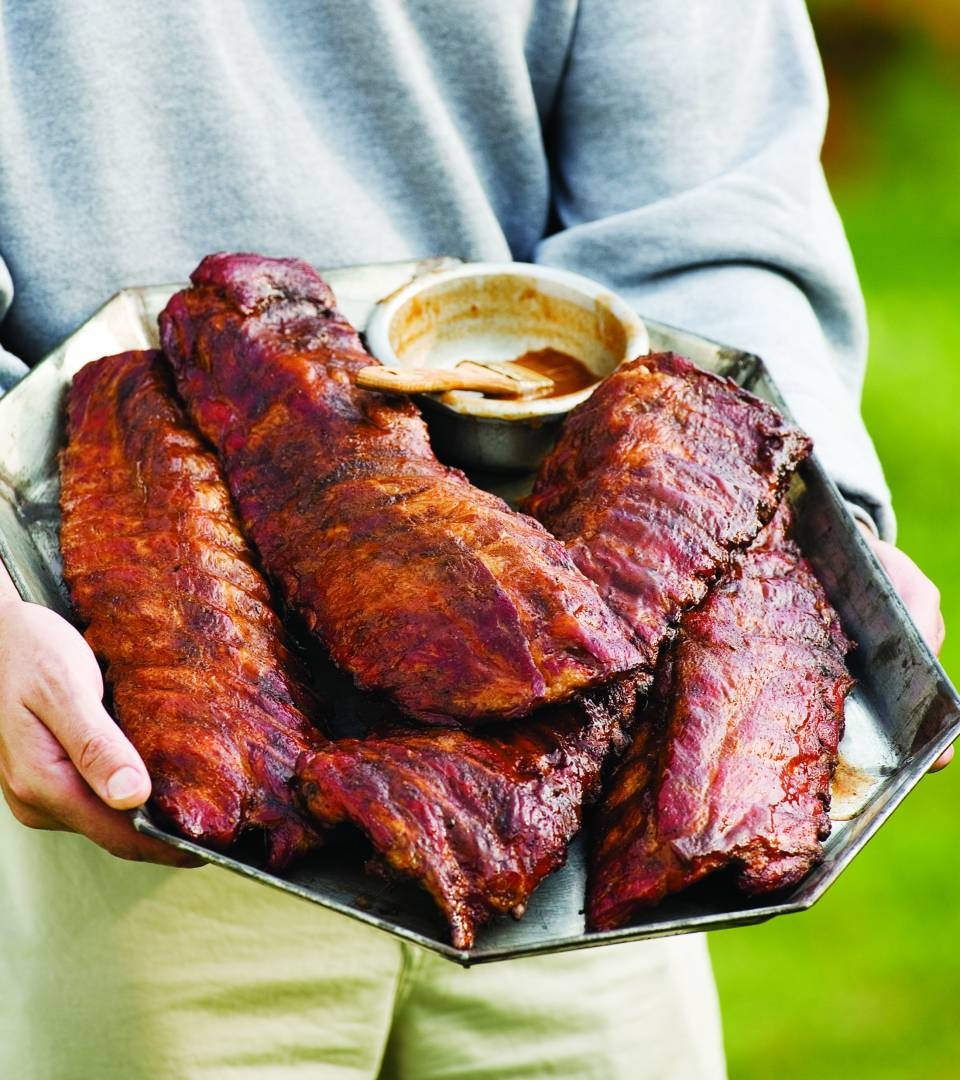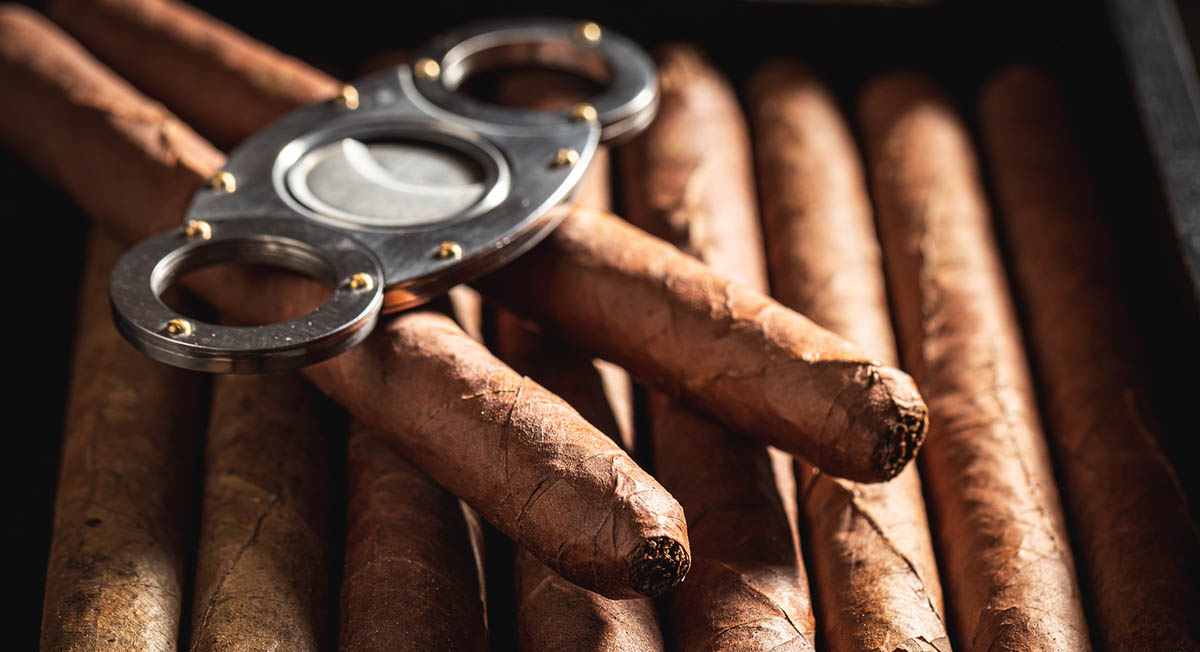
A Beginners Guide to Appreciating Cigars
Cigars get a bad rap, but much of the negative sentiments come from its distant cousin, the cigarette — the two products have almost no similarities.
Cigars date back to the 15th century. Much like a good glass of wine or fine whiskey, the flavour profile of a cigar differs depending on where it is made and how it is mixed.
Cuba is still known for producing cigars, but some of the finest, called “new world cigars,” come from other locations in Latin America, like Nicaragua, Honduras, and even the United States. New-world cigars have bolder and spicier flavours and provide a greater variety of tastes and strength, but wherever your cigar comes from, it’s important to follow a few basic rules to get the most from it.
Rule #1 – Don’t cheap out
Almost everyone who has been turned off cigars after their first has bought gas station cigarillos or bottom shelf $3 specials at a cigar store. Don’t be that person.
A well-crafted cigar will take 90 minutes or longer to enjoy, so spend within your budget, but if a stick is less than $15 in Canada, there’s usually a reason for it.
You may find exceptions to this rule, but it’s a reasonable baseline. Cheap cigars are made with poor-quality tobacco and not hand-rolled with entire tobacco leaves. These cigars are often machine-rolled, eliminating the craftsmanship and are known as “short filler” cigars — shavings are packed into tobacco leaf tubes, making them more in line with a cigarette without the dozens of added chemicals.
A high-quality cigar has a “long filler” tobacco leaf. Long fillers are made by bundling leaves of different varieties with leaves from various regions and soils to create the most harmonious flavour combinations possible.
Rule #2 Don’t judge a cigar by its band
Albeit this rule will likely apply less and less in Canada, as the federal government has introduced plain packaging laws, however, cigars are an aged product that can spend as much as 20 years in a store’s humidor and still be quite smokeable. It’s likely that for the next decade at least, some cigars will still have bands with their original graphics. Expect to see more horrendous brown bands with a simple plain font bearing a brand name.
Cigar bands are neat pieces of graphic design, but that doesn’t mean you should choose a brand based on the look of the band alone. When buying a cigar, ask the tobacconist where the cigar comes from, what the flavours are, how dense the smoke body is, and the strength. Also, don’t judge a cigar by its shade. There’s a misconception among new cigar smokers that a darker cigar is usually stronger or more robust, but this is not always the case. Darker leaves have often been aged and fermented longer and have less nicotine and smoother flavours.
Rule #3 – Have the right tools
Fans of Western movies have likely seen protagonists like Clint Eastwood bite the end of a cigar and light it with a match. Don’t follow his lead, or you’ll set yourself up for an unpleasant experience.
Never bite the end of a cigar; doing so will break the exterior leaf, known as the wrapper, where much of the flavour comes from. Always use a cigar cutter. Cigar cutters may seem like fashion accessories for the aficionado, but a suitable cutter for a beginner is generally under $20 and will work as needed.
When cutting your cigar, look for the line that runs around the circumference of the top, known as the “cap.” Cut off a small piece of the cap, just big enough to get a smooth draw of air through. If you cut off too much, you risk crushing the cigar.
Traditionally, cigars were lit by holding a match in front and letting the cigar combust under its own heat. This method still works and provides a pleasant experience; however, today, the cigar enjoyer generally uses a high-quality butane torch, one with a blue flame.
The benefit of a blue flame torch is that you heat the cigar to combustion without actually touching the flame at the end of your cigar. This tried and true method avoids over-burning the cigar by charring the leaves behind the tip, which affects the flavour.
Never use Zippo or Bic lighters; they’ll leave an odorous taste at the end of your cigar that will diminish its full potential.
Rule #4 – Don’t inhale
Cigars are not meant to be inhaled. There is often the quip from non-cigar smokers “Everyone says they don’t inhale, but they do.” No, they don’t.
Every cigar smoker has accidentally inhaled once, but if asked, they’ll say that they never want to do it again. It will make you feel ill. More importantly, you can’t taste something you’re inhaling.
Pull the smoke into your mouth to smoke a cigar, hold it for one or two seconds, and blow it back out. As you smoke your cigar, you’ll notice changes in the flavour as the tobacco leaves burn. The reason is that each part of the leaf has different exposures to sunlight and nutrients that change the flavours. When you inhale, you miss these flavours, and you will make yourself sick from overdosing on nicotine.
Rule #5 – Take your time
Only smoke a cigar if you have time. Much of the enjoyment comes from tasting the different developing flavours as the cigar burns; this can only be done if your cigar is smoked slowly.
The temperature of cigar smoke when it is drawn in is cool; it doesn’t feel hot at all. This can only be maintained by taking a puff every thirty seconds to one minute. Anything more than this will cause it to burn quickly, which turns the smoke hot. When you smoke a cigar too fast, the body becomes hot to the touch, and the hot smoke makes the flavour taste bland. So, take your time, sit back, and enjoy the cigar and all it has to offer.
Enjoy your cigar with a drink; a tasty whiskey, a nice IPA, a glass of wine, or a nice coffee blend.

